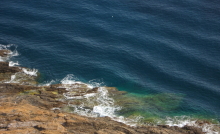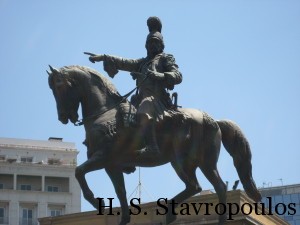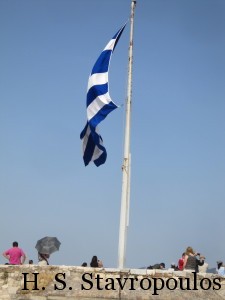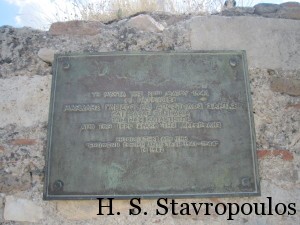I remember the Oakland Greek Festival when I was a teenager. In the early years, the festival was held at the Oakland Auditorium. A beaux-arts building built in 1914 which consists of a 5,492-seat arena, a theatre and a ballroom. The auditorium was renamed the Kaiser Convention Center in 1984 after Henry J. Kaiser.
But back in my day, it was just the Oakland Auditorium and while the adults worked the festival, we kids were rulers of the arena. We arrived before opening helping our parents setup and then with their volunteer activity or as volunteers if we were old enough. We would leave after midnight on Friday and Saturday exhausted both thrilled by the fun we’d had, ready to return the next morning.
I remember viewing the oval cavernous space of the auditorium from the seats above and thinking it would be impossible to fill. The slightest sound carried in the empty arena. In those morning hours I could have driven a car on the floor amongst the booths, exhibits and around the central stage. Then slowly with each hour after opening, the festival would attract visitors until in the evening hours there was no elbow room left and a cacophony of voices, music and dancing filled the arena.
Some of us kids performed on the stage as dancers in Greek customs from the regions of our parents or grandparents. Others assisted in one of the booths or clearing tables in the restaurant and kafenio sections or serving food. But once finished with our shifts, we roamed the auditorium; walking the length of the arena a thousand times or climbing up into the seats above. We ate Greek food like souvlaki and roasted lamb. Nibbled on desserts, loukoumades or baklava. And we danced!! In long lines, hands linked and following steps centuries old with embellishments by the leader of the line showing off skill and creativity. For three days in Oakland everyone was Greek and shouting ‘Opa’.
I love these memories, and you can make your own. The Greek Festival while no longer at the auditorium, still happens every May and this year it is 17 – 19 May 2013, so come and be Greek!!
Click the link for information:



















